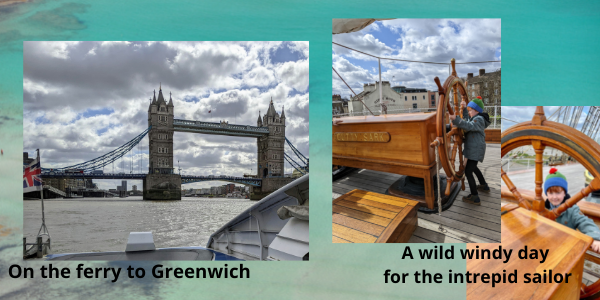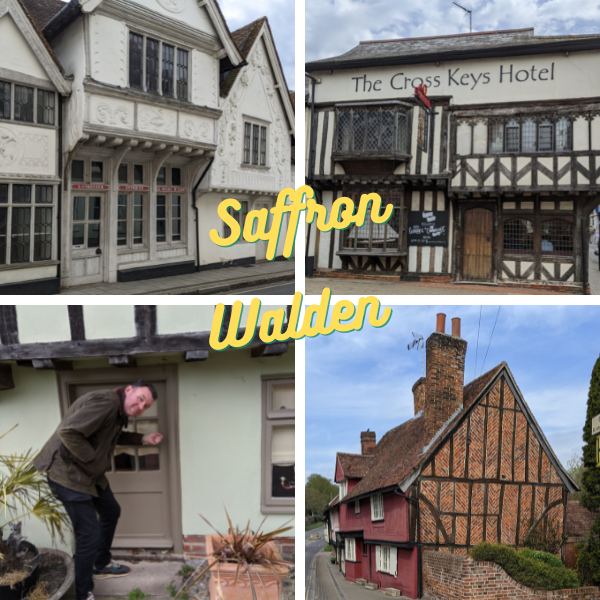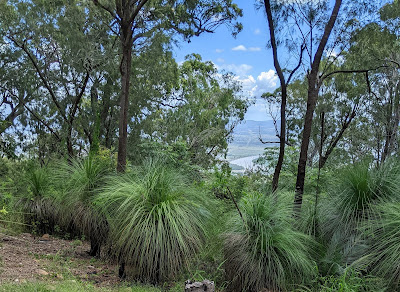August - National Family History Month
August - Someone or something that is august is dignified and impressive
David O'Leary was a well liked and valued member of his community; more than 150 people attended a farewell evening for him in Tarlee in May 1896.
Early years
David was born in Thebarton, South Australia in 1843 to Andrew O'Leary and Catherine Burke. By 1849 his parents and their young family had moved to Para Plains, near Salisbury where they farmed for many years. Those were the days of horse drawn ploughs and there are several reports of David competing in ploughing competitions as a young boy with his father's horse and then as a 16 year old with his own horse.
At age 29 in 1872, David acquired two blocks of land just south of Tarlee less than 2 miles from where his elder sister Hanora had been living since her 1863 marriage to John Horgan.
 |
| Blocks of land in the Hundred of Light, near Tarlee, SA |
David and Mary Johanna Bannon married in November of 1874. Mary Johanna had been teaching in newly established Catholic schools prior to their marriage. Two children, Andrew and Ann Catherine were born to them in the next years.
Now well established in the district, David became a founding member of the local Agricultural Show Society in 1877.
Tragedy strikes
On returning from a shopping trip to Stockport in 1878, a
tragic accident took his wife a mere three and a half years after their marriage. The horse trap she was driving mounted an obstacle as she tried to turn a corner. She was thrown out. It appears that the panicked horse may have caused her deadly injuries. David was left with the two toddlers to care for. One imagines his sister Hanora Horgan who was nearby would have helped with the little ones even though she had a young family too. Perhaps Mary Ann his younger sister who was about 24 years old came to help. Mary Ann married just a year later in 1879 so David must have found other support. There is no evidence to suggest that he remarried.
When his sister Hanora's husband John Horgan died after a short illness just a few years later in 1883; David was one of the executors of his will.
In 1893 David became a founding member of the Tarlee Literary and Music Society.
In 1895 an advertisement in the Adelaide Observer appeared offering his Tarlee farm for sale. David's parents had died and perhaps he wished to be nearer to his other siblings near Salisbury now that his children were young adults with their own lives to lead.
In the article below we are given some indication of the respect he had earned in the intervening years through his community involvement.
Social to Mr D. O'Leary
A farewell social and presentation was tendered Mr David O'Leary by his numerous friends at Tarlee and the surrounding district on Wednesday evening April 22.
Mr O'Leary who is leaving for Salisbury, has resided in the district for nearly thirty years, and the committees of the various local institutions to which he belonged decided to co-operate for the purpose of recognising in a practical manner his numerous good qualities, and the active interest he had always taken in the welfare of the neighbourhood.
About 150 ladies and gentlemen assembled in the Institute Hall to do honor to the departing guest, the chariman of the Agricultural society (Mr F. Gray) presiding.
The presentation took the form of a handsomely designed gold locket, bearing the following description:- "Presented to David O'Leary on his departure from Tarlee, April 22, 1896," and a purse of sovereigns.
Mr Jas. Edwards (president of the Institute) was called upon to make the presentation, and in his remarks made complimentary reference to Mr O'Leary's straightforward disposition.
the other speakers were the president of the Catholic Picnic Committee (Mr P. Hogan) and president of the Literary Society (Mr Jno. McInerney) who spoke on behalf of their respective bodies, and Messrs Jas. Doyle and D.G. Stribling.
Mr O'Leary feelingly replied.
The article continues with descriptions of the musical and spoken recitations performed by various members of the community, concluding with: The dance that followed terminated a most enjoyable evening.
 |
1896 'Country News.', Southern Cross (Adelaide, SA : 1889 - 1954),
1 May, p. 4. , viewed 29 Jul 2022,
http://nla.gov.au/nla.news-article166349321 |
Throughout David's following years in Salisbury he appears in many charitable donation lists in the newspapers supporting many worthwhile causes. But where was he living at this stage? A land sale in 1915 reveals that he had been farming north east of Salisbury for nearly 18 years.
David appears in the news again in 1926 at a farewell for the parish priest in Salisbury.
The presentation took the form of a well-filled wallet of notes, and was
made on behalf of the congregation by Mr. David O'Leary, the oldest member
of the parish, who was present at the laying of the foundation stone of St
Augustine's Church nearly 70 years ago.
He is the eldest son of the late Mr. Andrew O'Leary sen., who arrived in
the State in 1840, and with his bullocks, carted the first stones- for the erection
On David's 88th birthday in 1931 an extensive article about his family in the Out among the People page of the Advertiser and Register includes the following tribute:
He is one of the few remaining links which connect us with the infant days of our state, and one who has won troops of friends by the integrity of his life and kindly charitable disposition.
The articles published on his 90th birthday in 1933 wax lyrical about his character, his family and the changes David would have seen throughout his lifetime.
David died in 1937 and a lengthy obituary was published in the Southern Cross newspaper followed up by a similar article in the Advertiser.
Indeed I regard David, brother of my great grandmother Hanora Horgan, as worthy of the title "An August Gentleman."
Postscript: Blocks 38 and 45 are now owned and farmed by Hanora Horgan's gt-gt-grandson.
This post first appeared on earlieryears.blogspot.com by CRGalvin








.png)








.JPG)
.JPG)
.JPG)

_Vivid_shr.jpg)




























